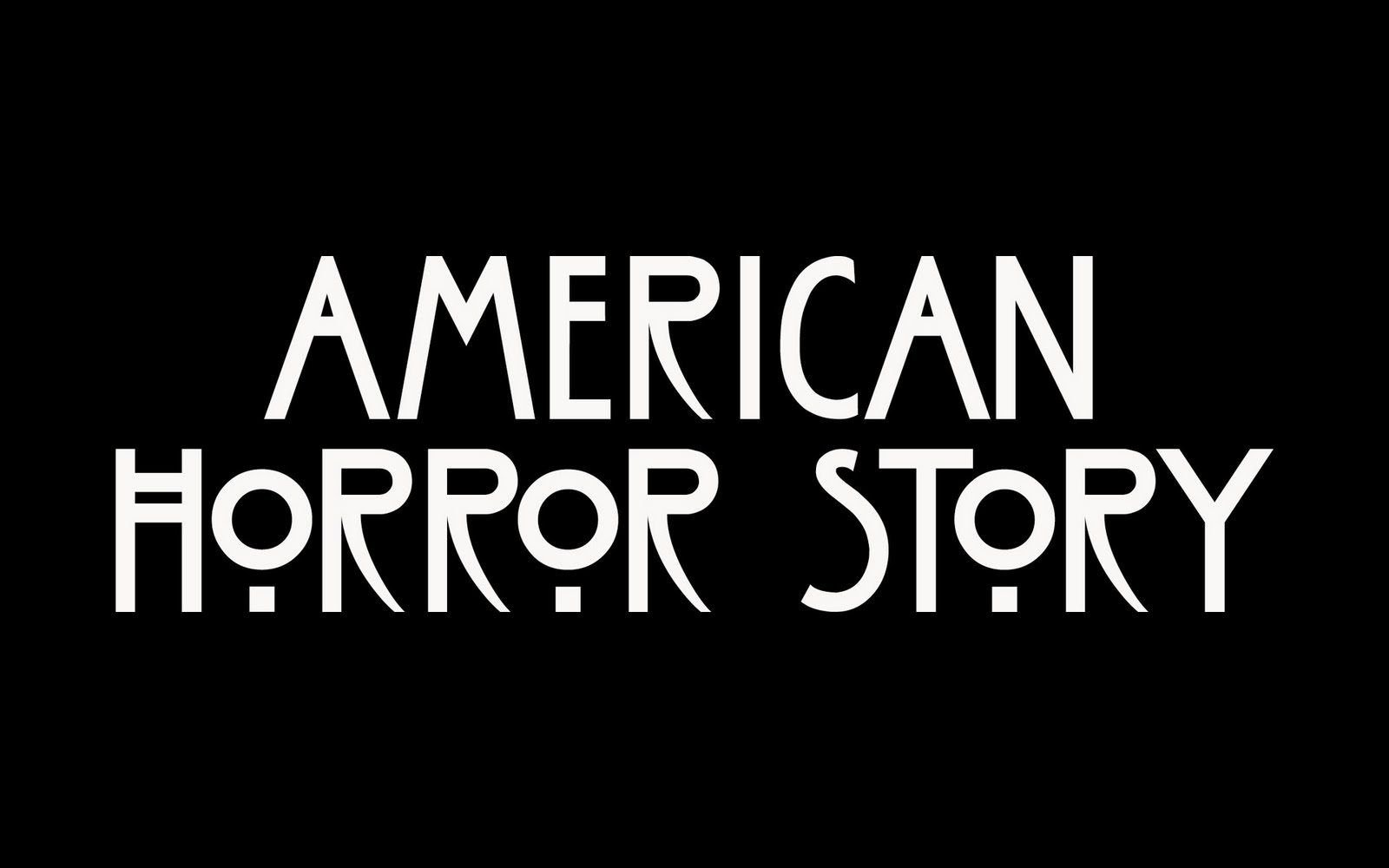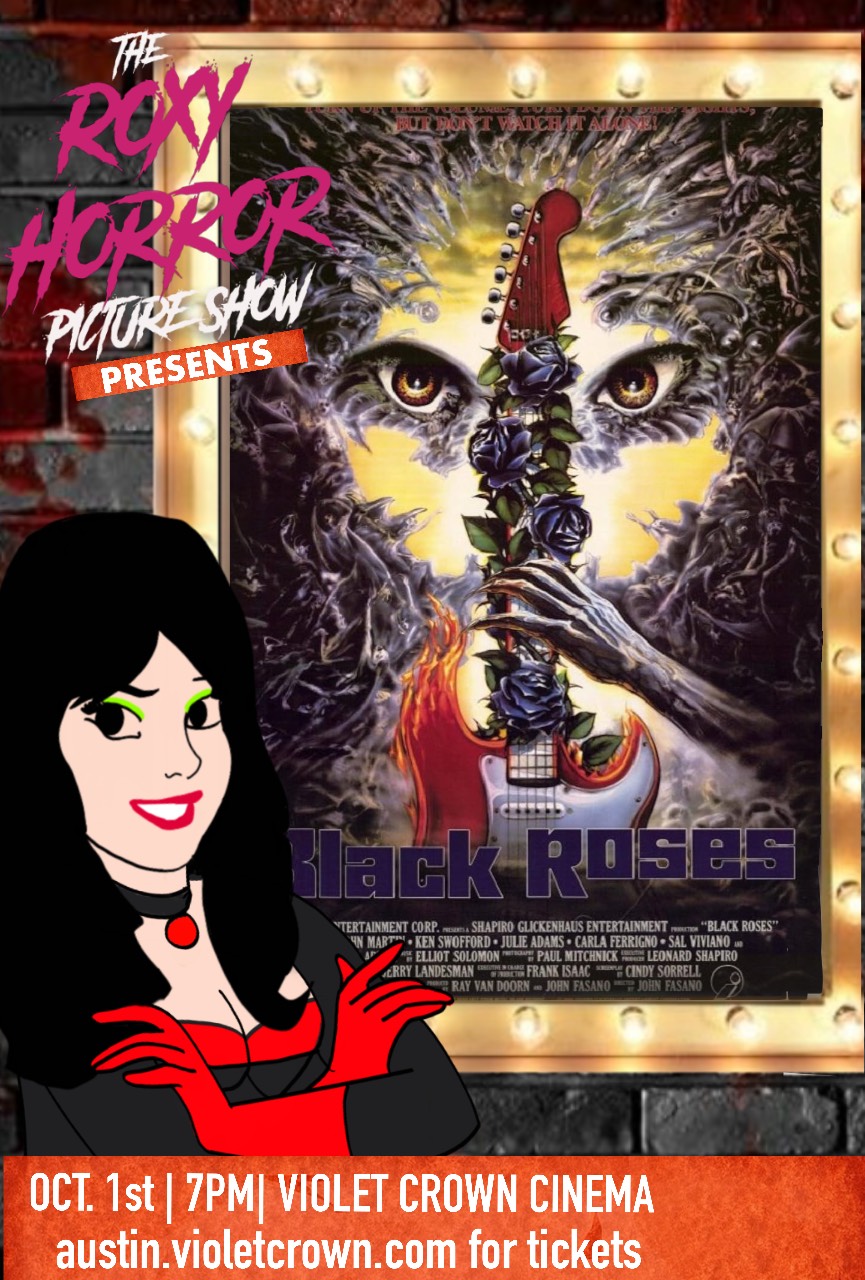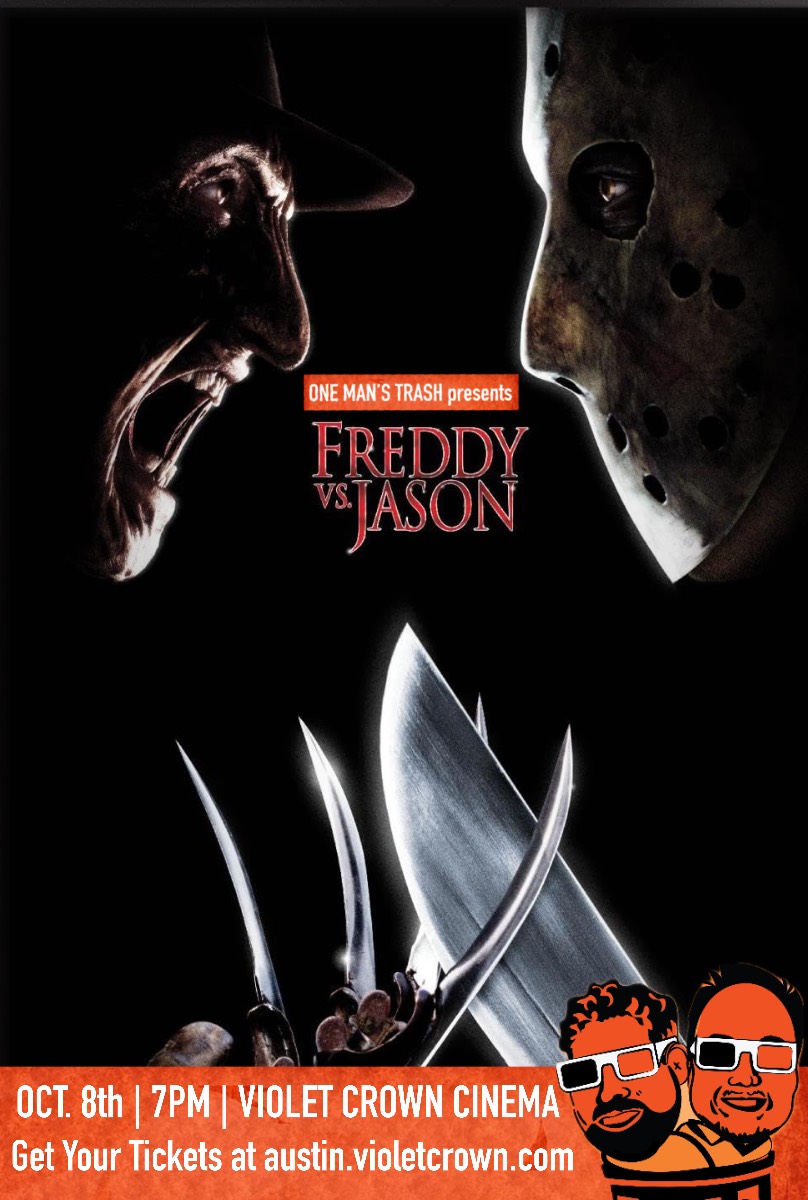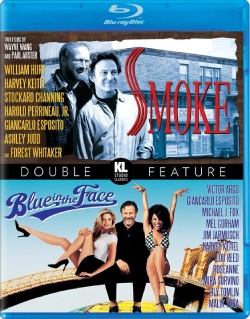Welcome back to “I’m All Out Of Love,” in which I take a pop culture subject (film series, director, actor, television show, etc) and dissect how my ‘love’ of them from early on slowly dwindled and what my current stance on them is.
Horror on television has had a pretty significant boom recently. Shows like Hannibal, Penny Dreadful, Bates Motel and several others have shown that there’s some genuine interest in true horror, particularly on cable television since the start of this recent decade. One would probably make the case that the show that kicked all of this off in 2011 was Ryan Murphy’s American Horror Story, an anthology show that took the various aspects of the genre (including ghosts, witches, vampires, sideshow freaks, aliens and zombies amongst others) and molded them together into season long stories. As of yet, there have been five seasons: Murder House, Asylum, Coven, Freak Show and Hotel, the season that recently ended. Said finale comes right off the heals of its star Lady Gaga winning the Golden Globe for Best Performance by an Actress in a Limited Series or Motion Picture Made for Television for her role in Hotel. Yet, there has had little to no fanfare with the fifth season’s end, resulting in record low ratings. It seems that many of lost interest.
I, for one, really can’t blame them. Then again, I’ve been preaching the downfall of this show for several seasons now. American Horror Story started as a gaudy yet highly entertaining mash up for the horror genre that was fun and unpredictable. Yet, there was still a sense of respect for its characters’ arcs as well as issues of sexuality, identity and persecution from the titular country’s past that seemed to come together in believable ways for such an over the top universe. But it never lasted. Somewhere along the line, the usually insane American Horror Story became a rather predictable show. One where the characters meant little, the sex became more blandly frequent and its issues of identity became more blatant & muddled. I started noticing this on a much more detailed level because, from the second season onward, I participated in a recap podcast show called The American Horror Story Fan Podcast. I won’t go into that in as much depth here, but it’s only right to mention it for an article series that explicitly speaks from my own perspective, if only to explain why it may seem that I’ve over analyzed this show. It’s simply because… I kind of have.
The Spark
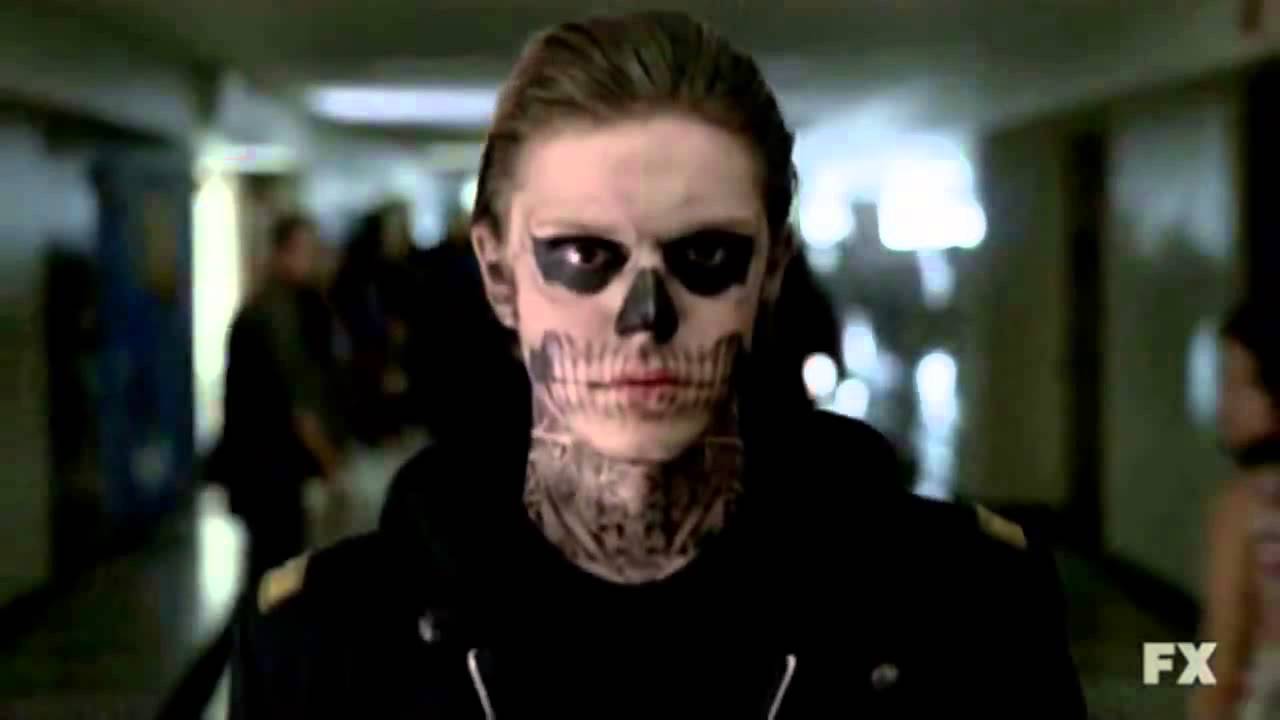
I didn’t catch Murder House as it originally aired back in 2011. I had heard rumblings about the show, being particularly intrigued by the idea of it being an anthology series that would start over each season. When I was eventually asked to do a recap podcast for the show’s second season by my cohort Doc Rotten, I figured I should take a look at season one if only to get a sense of what series creator Ryan Murphy was going for with the show tonally. My only other brushes with Murphy as an artistic talent hadn’t been the most pleasant, given I was a fan of his extremely popular show Glee during its first season before things rapidly went down hill the following year. So, I was still slightly weary of what another show of his would bring, particularly with a genre as far removed from the goofy yet relatively family friendly musical dramedy of Glee as possible.
Yet, Murder House ended up surprising me. It was a hyper sexual bizarro version of a family haunted house story, one where insanity came at every corner. Already within the first six episode, we’d see Dylan McDermott masturbating through tears, Zachary Quinto as one half of a flamboyantly gay ghost couple and a leather bound gimp sex ghost impregnating Connie Britton. It almost felt like a bloody comedy of errors that took its characters seriously enough to engage the audience throughout its run, particularly with a genuinely sobering school shooting sequence and a powerful return to forum performance from Jessica Lange that deservedly got her an Emmy. Despite all of the madness going on in this house, there seemed to be a true center to it all in the form of this family, breaking apart due to the more explicit desires of each individual member. The repressed sexuality of Connie Britton, the constant lustful desire of McDermott and the naive first love felt by Taissa Farmiga for Evan Peters all grabbed me & gave weight to the bizarre horror going on around them. That crumbling family gave a sense of completeness to the story at hand, which I figured would continue given the anthology nature of the show.
The Love Affair
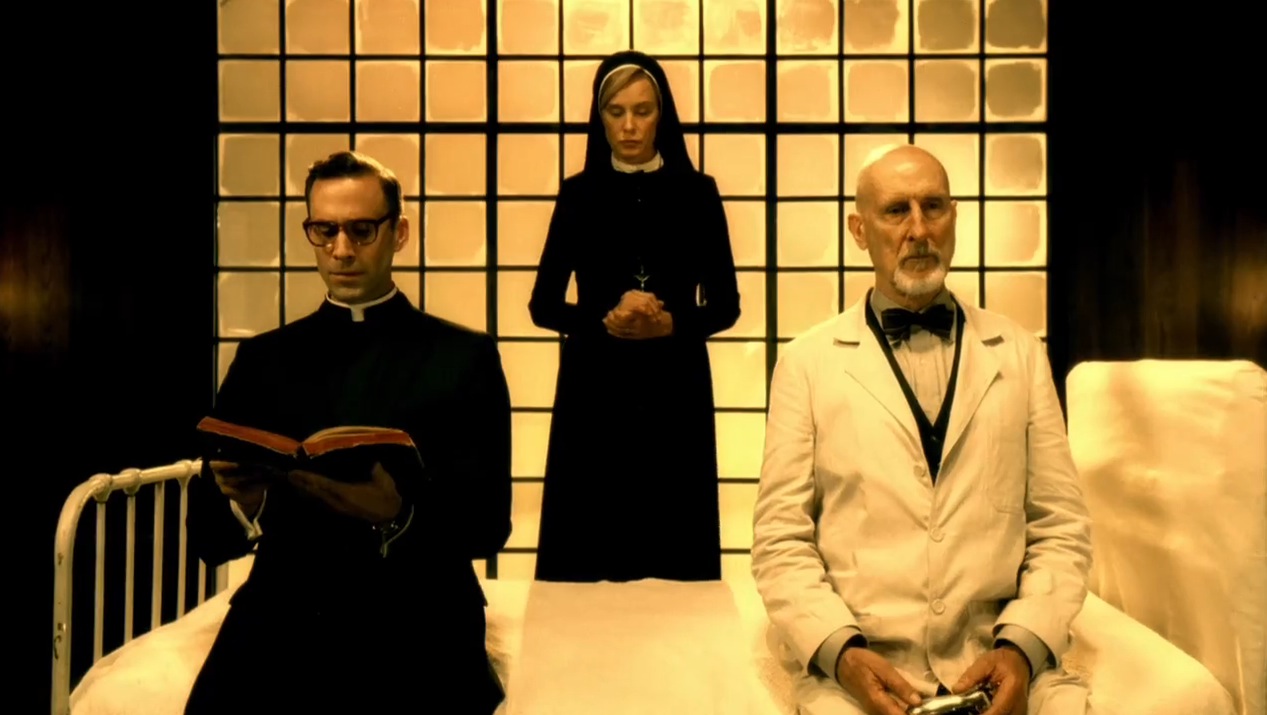
American Horror Story Asylum is a season of television that by all means shouldn’t work. Aliens, nazi doctors, nuns, a serial killer Santa & Death herself all play significant roles, there are at least nine major characters featured prominently throughout and in between there are weird sexual perversions & bouts of bat shit craziness to fit in the mix. It’s basically the kitchen sink of horror, fitting so much into one story like it’s the last season they’ll ever get. Yet, despite all the potential issues, Asylum some how managed to weave every plot into the next seamlessly. The show managed to hop from demonic possession to killer Santa to mutated humans in the forest without ever falling into the trap of losing track of a central conflict. Sure, some events are weaker than others, particularly the alien subplot that seemed like an afterthought at a certain point. Yet, the major arcs all somehow managed to coalesce into something highly entertaining and even oddly emotional. The element that particularly struck a cord and served as a central guiding force was Jessica Lange’s Sister Jude, a woman of sin turned nun who abused others as a means to potentially make up for her misdeeds, eventually sinking to her deepest low at the hands of the very asylum she had abused many in. The redemption she later receives is a short lived one, but one that isn’t dependent on an institution as much as the kindness of others like Evan Peters’ Kit Walker, something she had never really felt.
Jude wasn’t the only intriguing character, though. Sarah Paulson’s journalist character Lana Winters had such an obsession with getting her story and ignoring her partner that she ended up being a victim of a homophobic society, forced to accept the disturbing seed of Dr. Oliver Thredson, a deranged serial killer who used a seemingly helpful position of psychiatrist to his sick twisted needs. These sins carried over into Dylan McDermott’s Johnny Morgan, their spawn who Winters ended up killing when the sins of the father and a corrupt male dominated system attempted to roost at her home. The theme of supposed heteronormative destruction continues even with James Cromwell’s Dr. Arden, a former doctor for the SS that constantly experiments with mutation, searching for a new evolution of man only to create monsters and only found some sort of love in his obsession with the purity of Lily Rabe’s Sister Mary Eunice. Yet, the closest he would ever get to her would be in the throes of demonic possession, ruining the purity that had attracted him in the first place. All of these narratives managed to weave in horror elements while actually making worthy points about the society of both the era it took place in and the modern world it was produced during, all while never sacrificing the genuine potential of its characters. Asylum is still one of the best examples of horror television out there and showed just how engrossing American Horror Story could be. Emphasis on “could.”
Nothing Lasts Forever
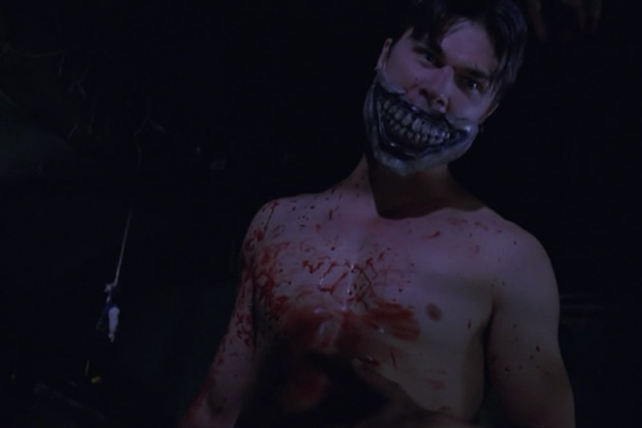
American Horror Story‘s third season Coven saw a drastic change of pace for the show, particularly in terms of its target audience. The titular collective of witches seemed to be much more of a shift towards gathering the same audience Ryan Murphy was beginning to lose on Glee, toning down some of the zanier horror elements in favor of diva style characters and flat romances that went nowhere. Even the horror tinges that were added to them seemed to be for the sake of convenience more than anything else. Need a boy toy for Taissa Farmiga? Give her Evan Peters as a mute Frankenstein that just protects her rather than engage her in conversation. Need a character to die for lame shock value before bringing them back to life? Just have Lily Rabe magically raise people from the dead with literally no consequence. Aside from Jessica Lange’s Head Supreme character, none of the arcs ever felt like the materialized into anything that really mattered, withering on the vine of poor plotting and wasting of potential for actors like Denis O’Hare, Kathy Bates, Angela Bassett and Danny Huston. The issues of identity were also beginning to feel rather blatant, with the witch coven merely being an outlet for rather familiar and unremarkable metaphors for being an outcast or exploration of one’s natural self being explored. There was even a billionaire sponsored witch hunt group featured, removing any ounce of subtlety or (more crucial to the over the top nature of this show) enticing interest.
Now, take all of those things I said about Coven and multiply them by five for Season 4’s Freak Show. All of the potential of this season rapidly diminished over a 13 episode decline as nearly every character suffered from a complete lack of engaging motive, back story and general consistency. Storylines were brought up and dropped on a whim without any solid development or sense within even its silly spectrum, with all of the surprisingly intricate plotting of a season like Asylum vanishing by the fourth episode when the Twisty the Clown character (as wonderfully played by John Carroll Lynch) exited and took any semblance of consistent quality with him. In his stead lied a bland soap opera without much of any supernatural elements to be found as characters like Dandy Mott or Elsa Mars who I suppose were meant to be intriguing examinations on identity and age merely wined in a repetitive loop about who was sleeping with who and what contrived murder scheme they should partake in. It felt like a barebones outline for a season somehow managed to be produced, leaving its talented cast, production designers and cinematographers to lie in the dirt scrambling for some sort of cohesion. The few choices that got some sort of rise out of me were all horrible ones, like a romance between one of the “freaks” & an ostracized “normal” woman that was born out of the latter being drugged before an orgy at the carnival and the unwarranted anachronistic musical numbers for the 1952 setting like Nirvana’s ‘Come as You Are’ or Fionna Apple’s ‘Criminal.’ By the finale, the only emotions I could muster were for the leaving star of the series Jessica Lange, though they were more for relief than sadness for the veteran actress. Freak Show was a complete contrast to Asylum on every level. A train wreck with all the carnage and excitement of a fender bender.
After such a massive failure like Freak Show, I should have stopped. But I wanted to give things another chance. After all, this anthology element could go anywhere and maybe Ryan Murphy had learned from his mistakes. The resulting season of Hotel is an admitted step up, given the genuinely touching and consistent arc of Denis O’Hare’s transgender character Liz Taylor, a wackadoo William Powell-esque performance from Evan Peters and a surprisingly entrancing performance from singer Lady Gaga that served as the most consistent glue that gave those storylines some sense of cohesion. Yet, the problems of the previous two seasons still persisted, particularly in the form of Wes Bently’s inhumanly charisma-less Detective John Lowe, a human vacuum of excitement that sucked the life out of any scene he was in. He somehow managed to make the storyline of his secret serial killer persona The Ten Commandments Killer and his vampire converted son & wife seem droll. Bently’s entire subplot was a thin retread of Se7en, but didn’t even managed to have a tenth of the bite of that 20 year old David Fincher film ultimately did. The other storylines had the same shaky record of consistency, seemingly resolved or developed depending on the mood of the writer’s room on any given week. Plus, the use of graphic sex here managed to become so frequent and overused that any sense of titillation or shock was completely absent by the half way point, which showed in the rapidly declining ratings and sudden shortening of the season from 13 to 12 episodes. Much like the audience, even FX was starting to check out of Hotel.
Final Thoughts
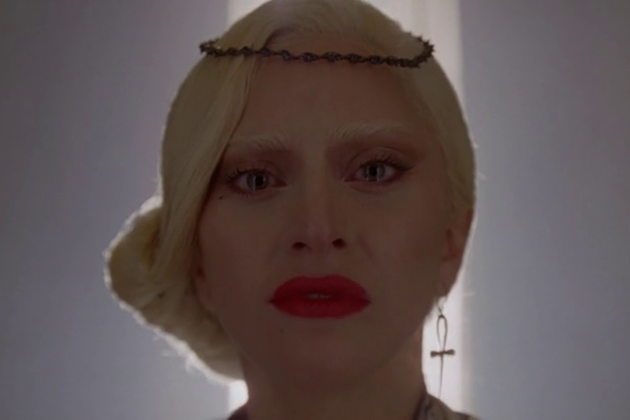
Despite all the crap I’ve given American Horror Story here, I’ll give it credit for one very notable television trend; it revitalized the anthology season format. We’ve seen plenty of shows take that concept, from True Detective to American Crime to Fargo. These shows take advantage of the variety that can come from building a new story for a limited amount of episodes, for better or worse. Unfortunately, given its track record, Horror Story has been far more for the worse. Ryan Murphy’s creative tumblings that took place over the course of shows that had multiple seasons with the same characters like Nip/Tuck or Glee were only amplified over a shorter period of time with the last three seasons of American Horror Story, showcasing an ineptitude that really isn’t excusable in a time where there are endless amounts of quality television shows particularly genre television. In all honesty, a show like American Horror Story probably would have benefited from a different showrunner every season rather than the same plodding creative force who seemed to have far too many spinning plates to focus in any given season.
By the end of Freak Show, I felt almost like the victim of a con job. A moronic chump who had been lead along by the potential of a unique anthology horror show with a mixture of different genre tropes with all sorts of new possibilities that could come. Instead, I got smacked in the face with the same unwelcomed pattern with a different skin over it like a Chuck E. Cheese animatronic with a new fur suit over it. It made me wonder if the first two seasons were even as good as I remembered. Then again, I can at least point to different characters or moments from those first two years that genuinely affected me on some level, like the reveal of the Rubber suited man or Ian McShane’s Killer Santa making his entrance. I couldn’t do the same with Coven, Freak Show or Hotel. Those seasons may have had major issues in terms of story telling, consistent quality or even any real logical flow to their stories, but all of that could be forgiven if it simply wasn’t boring and predictable. Despite the anthology format, all the trappings and story beats had become predictable thanks to Ryan Murphy’s recurring failings as a story teller. The horror of American Horror Story no longer was the monsters that represented American sins of the past. It’s the monster of bland familiarity that’s clearly driven away its audience… or at the very least, this once loyal devotee.

